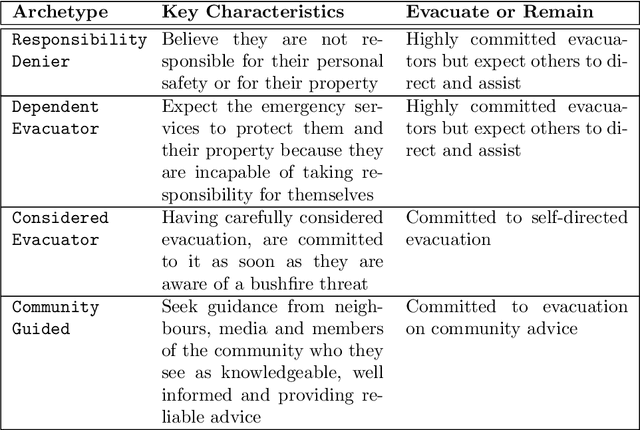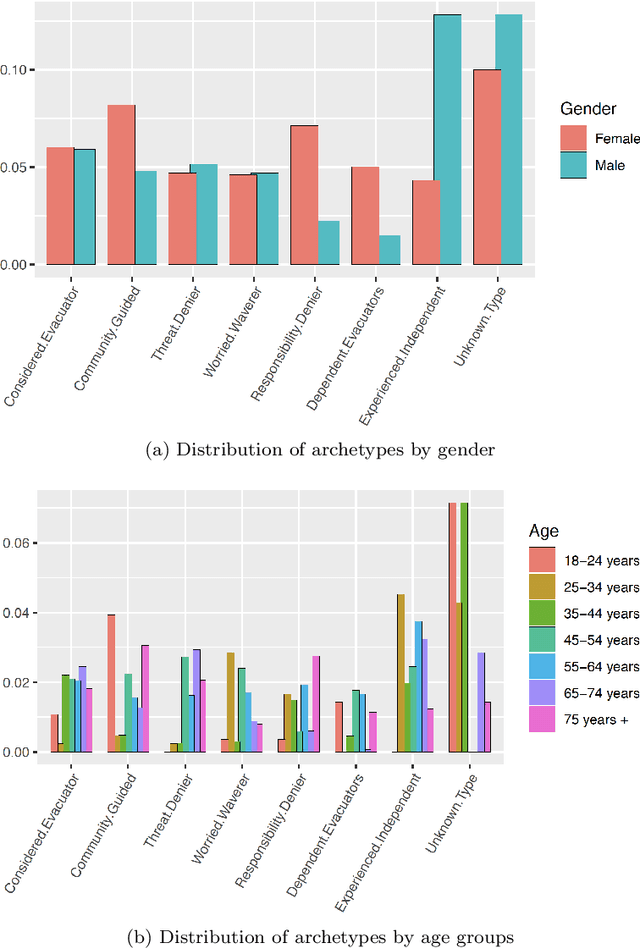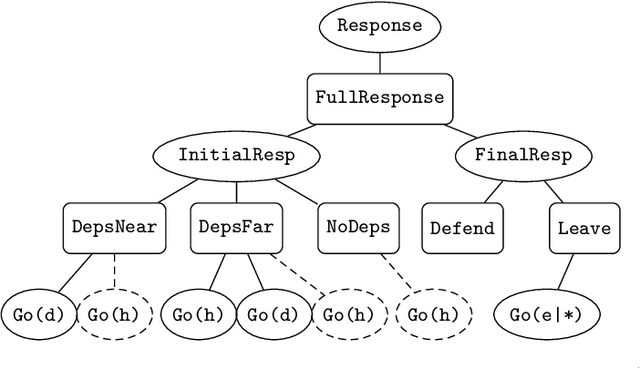Dhirendra Singh
Activity-based and agent-based Transport model of Melbourne (AToM): an open multi-modal transport simulation model for Greater Melbourne
Dec 16, 2021



Abstract:Agent-based and activity-based models for simulating transportation systems have attracted significant attention in recent years. Few studies, however, include a detailed representation of active modes of transportation - such as walking and cycling - at a city-wide level, where dominating motorised modes are often of primary concern. This paper presents an open workflow for creating a multi-modal agent-based and activity-based transport simulation model, focusing on Greater Melbourne, and including the process of mode choice calibration for the four main travel modes of driving, public transport, cycling and walking. The synthetic population generated and used as an input for the simulation model represented Melbourne's population based on Census 2016, with daily activities and trips based on the Victoria's 2016-18 travel survey data. The road network used in the simulation model includes all public roads accessible via the included travel modes. We compared the output of the simulation model with observations from the real world in terms of mode share, road volume, travel time, and travel distance. Through these comparisons, we showed that our model is suitable for studying mode choice and road usage behaviour of travellers.
An Activity-Based Model of Transport Demand for Greater Melbourne
Nov 19, 2021



Abstract:In this paper, we present an algorithm for creating a synthetic population for the Greater Melbourne area using a combination of machine learning, probabilistic, and gravity-based approaches. We combine these techniques in a hybrid model with three primary innovations: 1. when assigning activity patterns, we generate individual activity chains for every agent, tailored to their cohort; 2. when selecting destinations, we aim to strike a balance between the distance-decay of trip lengths and the activity-based attraction of destination locations; and 3. we take into account the number of trips remaining for an agent so as to ensure they do not select a destination that would be unreasonable to return home from. Our method is completely open and replicable, requiring only publicly available data to generate a synthetic population of agents compatible with commonly used agent-based modeling software such as MATSim. The synthetic population was found to be accurate in terms of distance distribution, mode choice, and destination choice for a variety of population sizes.
What will they do? Modelling self-evacuation archetypes
May 26, 2021



Abstract:A decade on from the devastating Black Saturday bushfires in Victoria, Australia, we are at a point where computer simulations of community evacuations are starting to be used within the emergency services. While fire progression modelling is embedded in strategic and operational settings at all levels of government across Victoria, modelling of community response to such fires is only just starting to be evaluated in earnest. For community response models to become integral to bushfire planning and preparedness, the key question to be addressed is: when faced with a bushfire, what will a community really do? Typically this understanding has come from local experience and expertise within the community and services, however the trend is to move towards more informed data driven approaches. In this paper we report on the latest work within the emergency sector in this space. Particularly, we discuss the application of Strahan et al.'s self-evacuation archetypes to an agent-based model of community evacuation in regional Victoria. This work is part of the consolidated bushfire evacuation modelling collaboration between several emergency management stakeholders.
 Add to Chrome
Add to Chrome Add to Firefox
Add to Firefox Add to Edge
Add to Edge